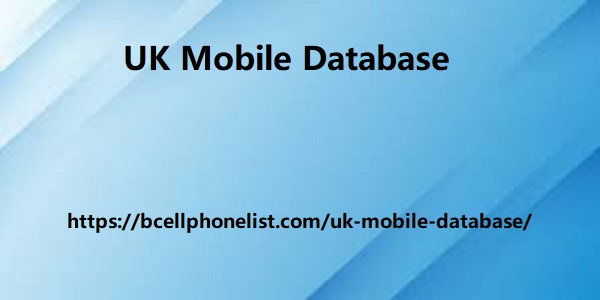Post by mehedi15a on Mar 12, 2024 5:58:28 GMT -3.5
The administrative procedure. On the contrary, internal services dedicated to other purposes, such as accounting or payroll, would not be subject to the ENS because they provide services to the officials themselves and contractors, and not to the citizen in general. And does it only affect the public sector? Yes initially, but if your entity falls under any of the following assumptions, it also applies: You are a provider that provides electronic administration services (according to the list above) to a public entity. You are an operator of critical or essential services (due to the application of RD 43/21, high category ENS is required). What are the ENS categories The categories follow the principle of proportionality, thus depending on the nature of the information that is handled, the services that are provided and the risks to which they are exposed based on the impact that an incident that affects the security of the company would have.
The information or services, in any of the ENS security dimensions: authentication, integrity, confidentiality, availability and traceability (Annex I of the ENS). This impact is measured taking into account: to the impact that the incident would have on the UK Mobile Database achievement of the objectives, to the protection of assets, to the fulfillment of service obligations by the corresponding department, and respect for the law and the rights of the citizen . And then depending on the criticality of the systems, a certain category will be required. This will be low if the damage is limited; It will be medium if the damage is serious and high if the damage is very serious. They entail different requirements in controls, the latter two being certifiable. What tools do we have for risk analysis? In this sense we are not starting from scratch. The Magerit risk management methodology (1) and the Pilar tool for its management are publicly available (we include access links to the official repositories).

What is required and what are the steps to follow to implement ENS According to the ENS Frequently Asked Questions (FAQ ) document they would be: Establish a Security Policy (2), which entails: -Establish roles, functions and appointment procedure. Particularize the criteria of Annex I, related to the categorization of systems. Identify information and services, which entails: Identify those responsible. Rate the information and services. Carry out the risk analysis and review compliance with Annex II. Develop a plan to achieve full compliance with the ENS. What assets are those that need to be identified? They are the assets on which the services will depend, which may be, among others: Auxiliary services that are needed to organize the system. Computer applications (software) that allow data to be managed. Computer equipment (hardware) that allows hosting data, applications and services. Information carriers that are data storage devices.
The information or services, in any of the ENS security dimensions: authentication, integrity, confidentiality, availability and traceability (Annex I of the ENS). This impact is measured taking into account: to the impact that the incident would have on the UK Mobile Database achievement of the objectives, to the protection of assets, to the fulfillment of service obligations by the corresponding department, and respect for the law and the rights of the citizen . And then depending on the criticality of the systems, a certain category will be required. This will be low if the damage is limited; It will be medium if the damage is serious and high if the damage is very serious. They entail different requirements in controls, the latter two being certifiable. What tools do we have for risk analysis? In this sense we are not starting from scratch. The Magerit risk management methodology (1) and the Pilar tool for its management are publicly available (we include access links to the official repositories).

What is required and what are the steps to follow to implement ENS According to the ENS Frequently Asked Questions (FAQ ) document they would be: Establish a Security Policy (2), which entails: -Establish roles, functions and appointment procedure. Particularize the criteria of Annex I, related to the categorization of systems. Identify information and services, which entails: Identify those responsible. Rate the information and services. Carry out the risk analysis and review compliance with Annex II. Develop a plan to achieve full compliance with the ENS. What assets are those that need to be identified? They are the assets on which the services will depend, which may be, among others: Auxiliary services that are needed to organize the system. Computer applications (software) that allow data to be managed. Computer equipment (hardware) that allows hosting data, applications and services. Information carriers that are data storage devices.
